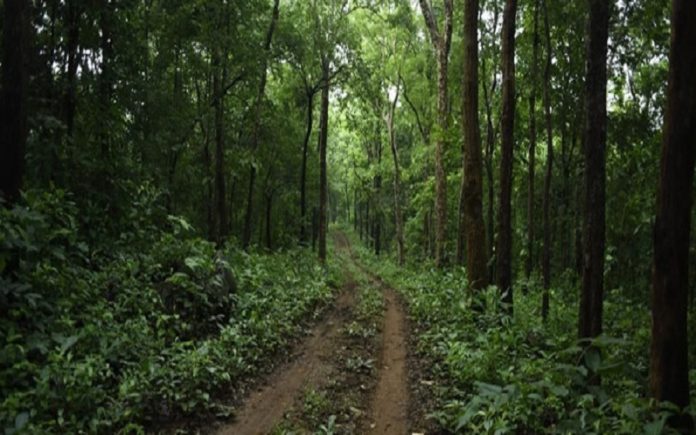Forests have been cleared to gain agricultural land for millennia. Land-use competition between forests and agriculture could be solved by introducing diversified agricultural production systems and integrating trees. On an alarming note, forest degradation continues even though the global rate of deforestation have halved over the last two decades—from a net annual forest area loss of 7.3 million hectares in 2000 to 3.3 million hectares in 2015.
This was one of the key messages delivered at the international conference on halting deforestation and increasing forest area organised by the Collaborative Partnership on Forests and hosted by the Food and Agriculture Organization (February 20-22). The three-day discussion witnessed 300 participants from government institutions, the private sector, small producer organisations, civil society, indigenous people’s groups; all highlighting the urgency of taking action to accelerate progress towards achieving global development goals related to forests.
An estimated 80 per cent of forest loss is being driven by conversion of forests into agricultural lands. “Forests have been cleared to gain agricultural land for millennia…this was part of economic development,” says Eva Muller, director of Food and Agriculture Organization’s forestry department. Export-oriented commercial agriculture is the “single largest driver of tropical deforestation”, with demand for soybean, palm oil and wood products constantly soaring in the international market, says a book, ‘Why Forests? Why Now?’ reviewed by Down To Earth last year.
It points out that Latin America’s primary forest loss can be blamed on beef production and soybean cultivation, in Southeast Asia; pulp and paper, timber and palm oil are the major contributors to deforestation. Rubber, coffee and cacao have also contributed to forest loss.
To counter the negative effects of agriculture, participants pointed out that the land-use competition between forests and agriculture could be solved by introducing diversified agricultural production systems, integrating trees, crops and livestock with a landscape approach in mind.
Restoring degraded landscapes offers such opportunities, besides growing food for an ever-growing population. Examples include agroforestry systems in which harvestable trees or shrubs are grown around crops or silvo-pastoral systems, combining agriculture, forestry and grazing of domesticated animals. Such practices will increase agricultural productivity, ensure food security and guarantee income of small farmers and improve sustainable management of forests. In Bidekanne village of Telangana, farmers have built contour trenches and bunds for water conservation. To diversify their income, they maintain tree cover around their farm where they have planted vegetables and millets.
Growing trees along with crops is a part of permaculture and zero budget natural farming. In Anantapur, a drought-hit district in Andhra Pradesh, a few farmers are growing mulberry, mango and pomegranate trees besides crops like maize, pigeon peas red gram and leaf vegetables to supplement their income.
Goal 15 of Sustainable Development Goals aims to “sustainably manage forests,” along with protecting, restoring and promoting sustainable use of terrestrial ecosystems; combating desertification; halting and reversing land degradation and halting biodiversity loss.
Forests need to be managed in a sustainable manner to deliver economic, ecological and social benefits for the current generation without compromising on the ability of future generations to enjoy the same benefits.
“We have seen that balancing the economic, social and ecological do not always go hand in hand. This has a lot to do with poor governance in many countries, resulting in over exploitation, illegal activities and ignoring the multiple benefits of forests. What we need is to follow sustainable forest management principles. Sustainable forest management in theory will address both biodiversity loss and poverty reduction,” Yurdi Yasmi, forest policy officer at FAO, told earlier.
According to Jonah Busch, senior research fellow at the US-based non-profit Center for Global Development, “…forests contribute toward the achievement of many Sustainable Development Goals—not just climate and biodiversity, but also food security, energy, clean water and health.” #KhabarLive







